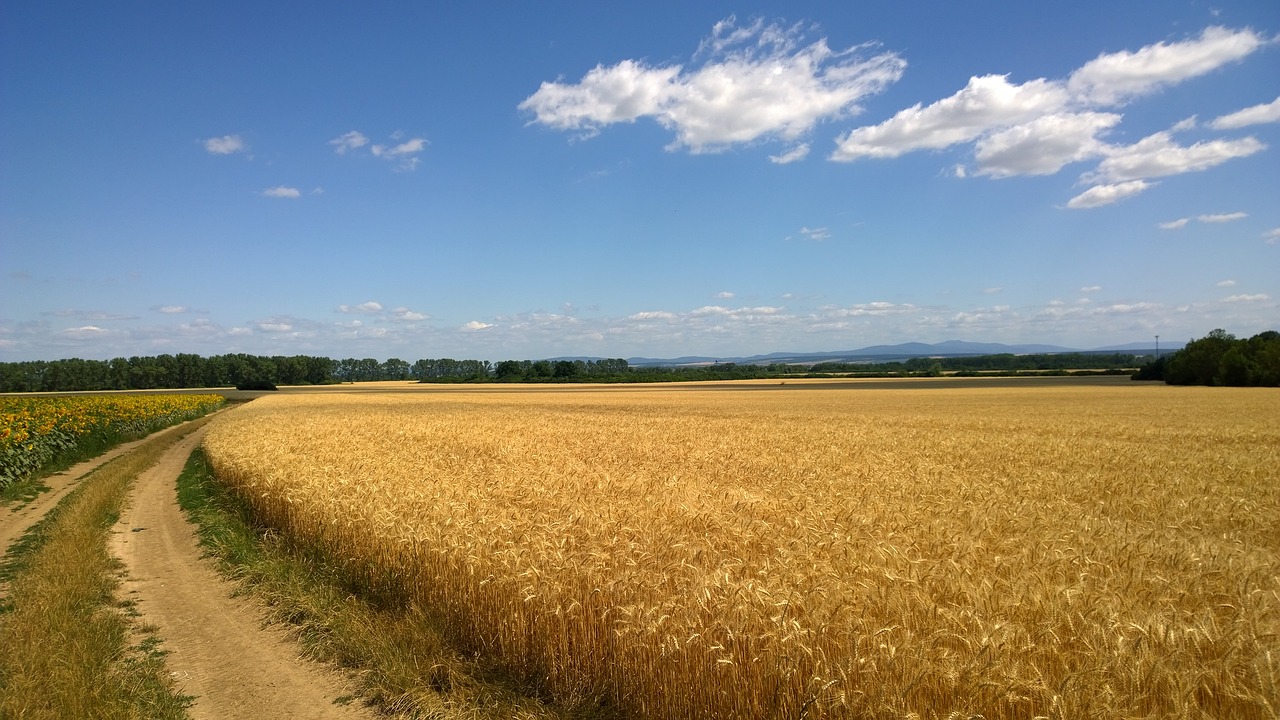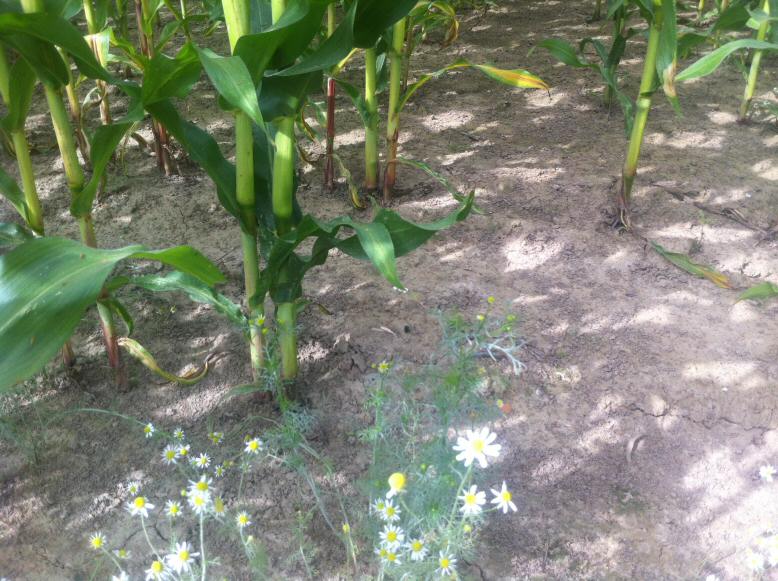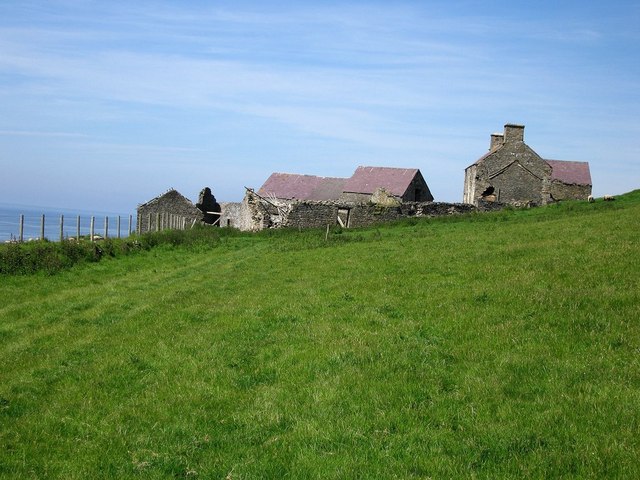We are pleased to welcome this guest post by Lars Brink, who is an independent advisor working from Canada.
This post examines the concepts and calculations of the two different agricultural policy indicators called Market Price Support (MPS): the one is used by the Organization for Economic Cooperation and Development (OECD) in its measurement of producer support in its Producer Support Estimate (PSE) indicator, and the other is identified in the Agreement on Agriculture (AA) of the World Trade Organization (WTO) as part of the measurement of the Aggregate Measurement of Support (AMS) indicator.
Once the United Kingdom (UK) has withdrawn from the European Union, the UK by itself will be the entity for which support to agriculture is measured under the practices or rules of international organizations such as the OECD and the WTO.… Read the rest




